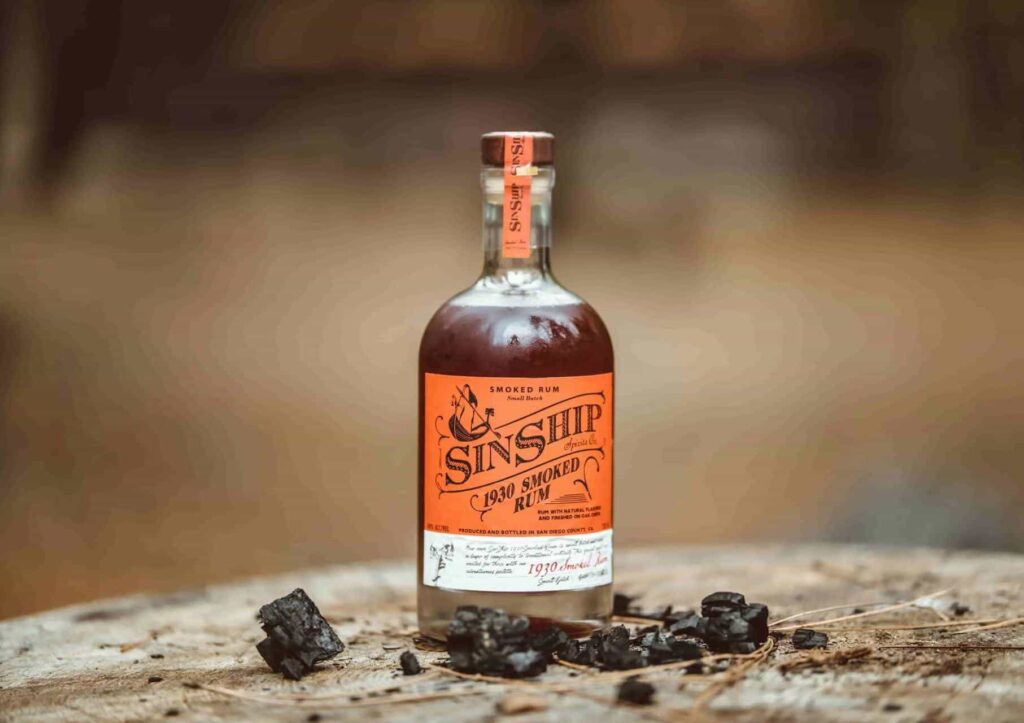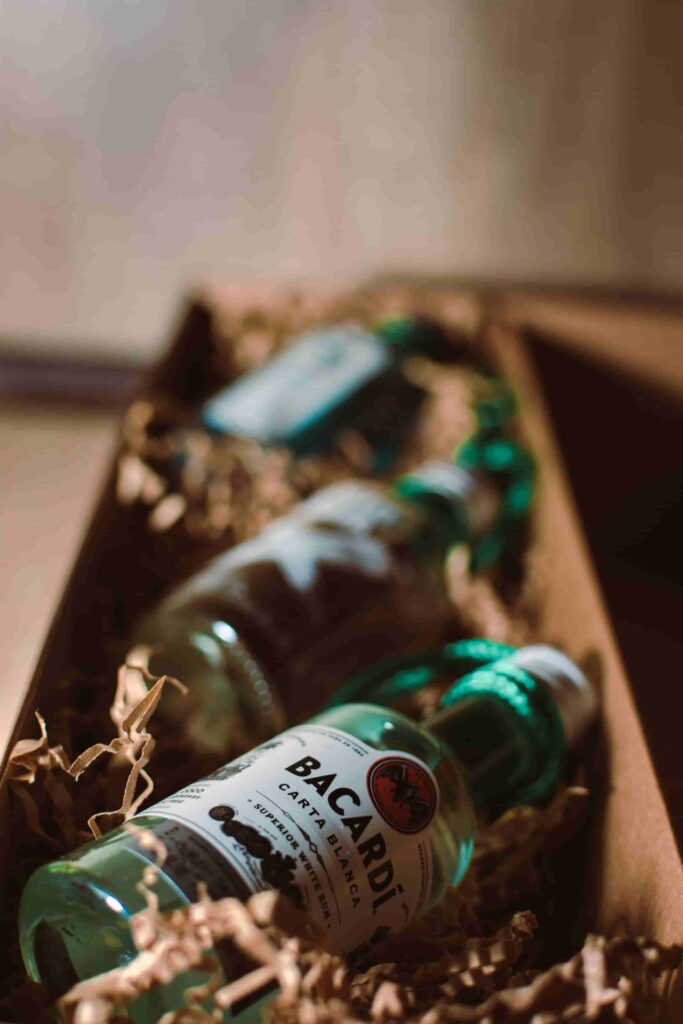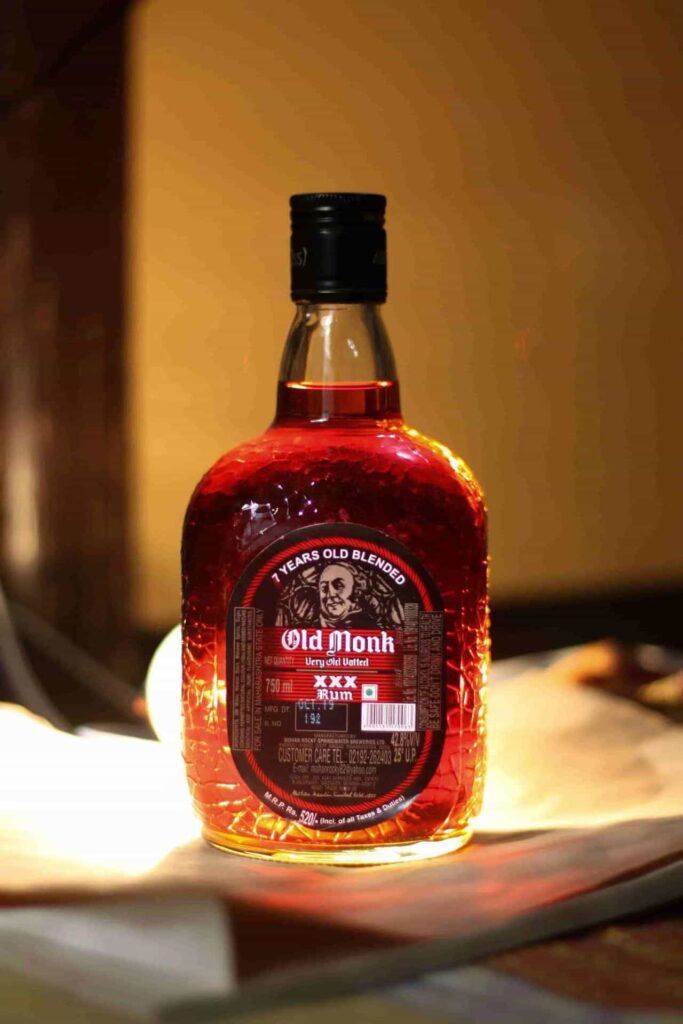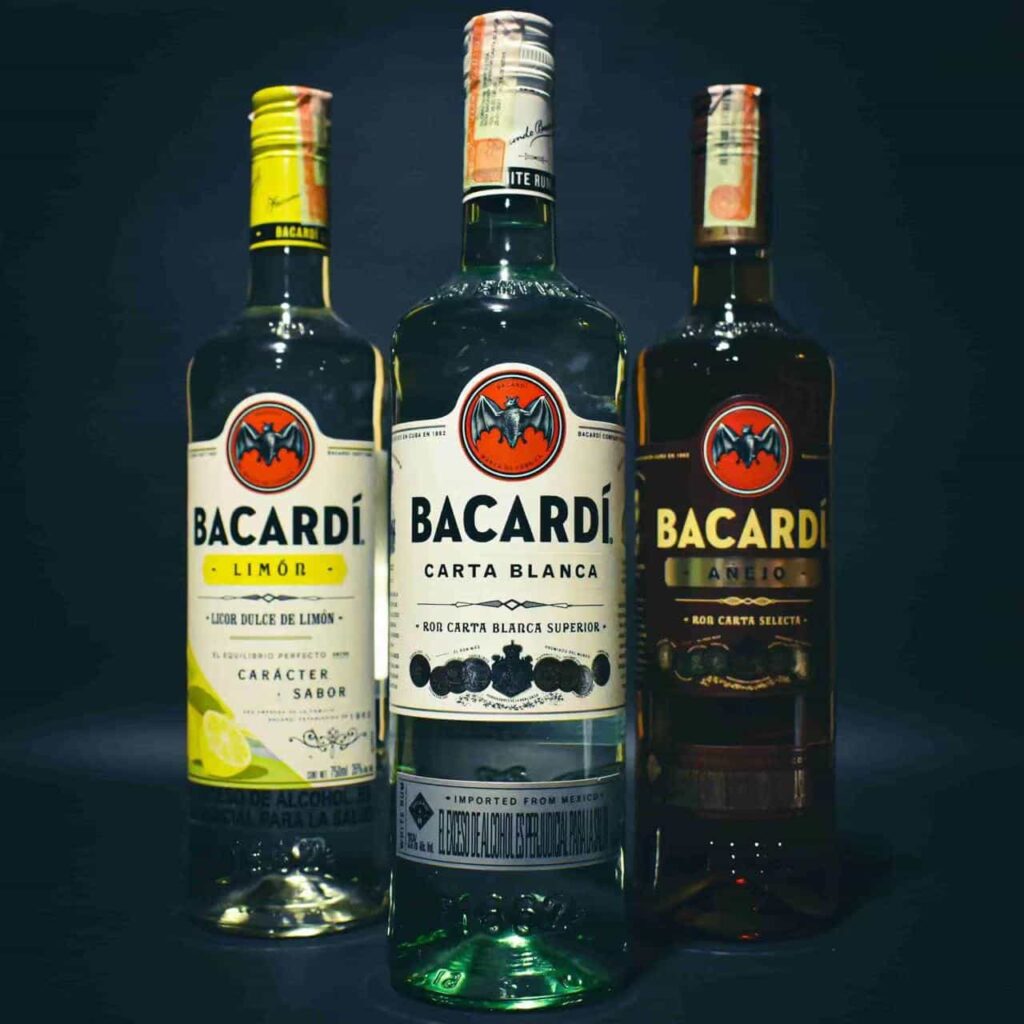In the competitive rum market, catching a customer’s eye on the shelf is just as vital as the taste of the rum itself. Effective bottle packaging does more than just attract. It serves as a key communication tool for your brand’s identity and values. This article will delve into various practical strategies that rum brands can use to distinguish themselves in a crowded market. By focusing on innovative bottle designs, we’ll explore how the right packaging choices enhance the visual appeal. But also strengthen the connection with consumers. Whether it’s through unique shapes, colors, or materials, these packaging strategies are essential for any rum brand aiming to stand out and captivate potential buyers.

Section 1 Understanding the Role of Packaging in Rum Branding
1.1 The First Impression
The first thing that potential buyers will notice about your rum isn’t the flavor but the packaging. The rum bottle is crucial as it not only contains your product but also communicates your brand’s narrative, ethics, and uniqueness. Opting for a classic white bottle can suggest elegance and simplicity, appealing to those who appreciate understated sophistication. Alternatively, eye-catching and innovative designs can draw in a younger, style-conscious demographic. The decisions you make about your bottle’s design are key to boosting your brand’s presence and attractiveness. Thoughtful details, such as embossed labels or custom-shaped bottles. Which can further emphasize your brand’s unique qualities and help your rum stand out in a competitive market.
1.2 Target Audience Connection
Your bottle design should connect with your intended audience effectively. For high-end rum brands, a substantial bottle with intricate designs can project a sense of luxury and exclusivity. It appeals to connoisseurs looking for a premium experience. Conversely, if your target market includes casual drinkers, consider using mini rum bottles. These are ideal for social gatherings or as thoughtful gifts, catering to those who enjoy informal drinking settings. The design elements like color, label artwork, and shape should align with the preferences and lifestyle of your audience. For instance, vibrant colors and modern graphics might attract a younger crowd, while classic styles resonate with traditionalists. Understanding these nuances is key to designing packaging. It not only attracts but also deeply connects with your consumers.
Section 2 Key Techniques for Effective Rum Bottle Design
2.1 Shape and Color: More Than Just Aesthetics
Selecting the appropriate shape and color for your rum bottles is crucial. Distinctive bottle shapes can transform your product into an icon, making it instantly recognizable on the shelf. Many successful brands employ unique shapes that not only look appealing but also convey a story or evoke specific emotions. As for color choices, a white rum bottle can make a significant impact with its clean and elegant appearance, providing a stark contrast to the more common dark-colored bottles. This not only attracts attention but also communicates a sense of purity and sophistication. Such thoughtful design choices go beyond mere aesthetics. It also plays a fundamental role in defining and expressing your brand’s identity.
2.2 Material and Texture
The choice of material for your rum bottles significantly affects how consumers perceive your brand. Glass is often favored for its high-quality feel and its environmentally friendly attributes, appealing to eco-conscious consumers. Incorporating textural elements, such as embossing or innovative cap designs, can elevate the tactile experience of handling the bottle. This not only enhances the bottle’s memorability but also adds a layer of sophistication. A textured label or a uniquely shaped bottle can provide a sensory experience that stands out in a crowded market. Such details make your product more engaging and can influence the buying decision. As they enhance the overall perception of quality and attention to detail in your brand.

2.3 Label Design and Typography
The design of your rum bottle’s label is vital as it carries essential information and draws the eye. A label with clean, legible typography can greatly influence customer perception and product appeal. It’s important to make sure that your brand’s core message and identity are displayed. For brands that emphasize openness and simplicity, bold and simple fonts can be very effective. Alternatively, brands that want to project a classic or artisanal image might choose elegant, detailed script fonts. These choices help communicate your brand’s personality directly to consumers. Adding unique graphic elements or symbols that align with your brand’s theme can further enhance the label’s impact. This attention to detail in label design ensures that your product not only stands out on the shelf but also resonates with your target audience. Making a strong impression even before the bottle is opened.
Section 3 Case Studies: Successful Rum Brand Packaging
Using case studies or examples of successful rum branding through unique packaging can offer valuable insights and ideas. For example, some brands might opt for small bottles of rum for special edition releases. These limited editions can create excitement and become collectible items among rum enthusiasts. Another brand could achieve recognition by using eco-friendly materials, appealing to environmentally conscious consumers. Including such examples helps illustrate the practical benefits of innovative packaging and shows how different strategies can resonate with various market segments.
3.1 Eco-Friendly Innovation
A rum brand called “Green Spirits” launches a line packaged entirely in recycled glass bottles with bamboo labels. The brand emphasizes its commitment to sustainability not only in its packaging but also by using organic ingredients, attracting environmentally conscious consumers. This strategy enhances brand loyalty among customers who prioritize eco-friendly products.
3.2 Heritage Series
“Legacy Rum” introduces a Heritage Collection, using bottles designed in the style of historical rum bottles from the Caribbean. Each bottle features a unique, textured glass and is sealed with a cork top. The labels are made from aged parchment-like paper, featuring hand-drawn illustrations of historical scenes. This series appeals to collectors and history enthusiasts, adding a narrative element that enriches the drinking experience.
3.3 Artist Collaboration
“Canvas Rum” partners with famous local artists to create limited edition labels for their bottles. Each artist series is available for a short time and features vibrant, eye-catching designs that stand out on shelves. This approach not only broadens the appeal of the product but also taps into the fanbase of the artists, creating a crossover market.

3.4 Miniature Masterpieces
“Tiny Tropics Rum” releases a line of mini rum bottles, each featuring intricate, colorful designs inspired by tropical landscapes and wildlife. These mini bottles are marketed as collectibles or as perfect party favors, catering to both casual drinkers and rum aficionados looking for unique additions to their collections.
Packaging as a Pillar of Brand Strategy
In the rum industry, the packaging does much more than just hold the product. It plays a vital role in your branding strategy, acting as a powerful ambassador for your brand’s identity and setting your product apart from the competition. Thoughtful and innovative packaging not only captures the eye but also fosters a strong connection with consumers. By creatively designing your rum bottles, you engage customers who value both the quality of the rum and the aesthetic appeal of its container. This approach not only draws in new buyers but helps cultivate a dedicated following that appreciates the attention to detail both inside and outside the bottle.











